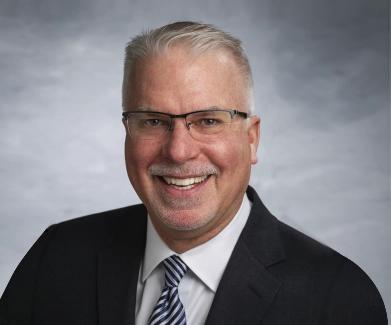Monetary Overall health and Bodily Health Converge as Health care Costs Soar

In the submit-pandemic period, financial wellness is intently intertwined with actual physical health and fitness.
The pressures of having to pay for health care, as deductibles and out-of-pocket bills increase, are illustrated by conclusions this month from the Buyer Financial Protection Bureau, which exposed that individuals put in $1 billion in deferred fascination payments when using health care credit score cards.
The use of individuals playing cards has been on the upswing as the typical deductibles for folks with employer-sponsored insurance policies have developed 336% in the previous two many years, from $650 in 2002 to $1,945 in 2020.
Alongside the way, the straightforward act of having expenditures in hand, being familiar with them and obtaining out what to pay and how has grow to be frustratingly advanced. PYMNTS exploration done in collaboration with Lynx found that 54% of people have knowledgeable at least a person payment-connected soreness issue in the earlier 12 months.
20-a single p.c identified the payment approach challenging, 18% discovered healthcare payments confusing and 8.8% and 6.2% elevated issues about the protection of their facts and absence of preferred payment solutions, respectively.
It is mainly been the case that, with some vendors, card payments are not accepted, and the paper bills that are sent to patients’ addresses ask for payment to be remitted by check. When clinical offices do accept credit score playing cards, they involve a paper kind to be crammed out listing delicate card-connected details — and then mailed back again.
Averting the Unfavorable Ripple Consequences
In the conclusion, a slew of detrimental ripple outcomes accrue. Individuals come to be delinquent on their credit card debt, and the health care care companies see their top rated lines and hard cash move streams drop. They also should spend time and funds seeking to gather on the payments that are owed.
These data points clearly show that there is sufficient option — and desire — for buyers to have a array of choices available to them when it comes to paying out their healthcare-linked obligations. Installment options split up payments above time, with no the attendant curiosity fee costs that are connected to regular credit history merchandise. As lots of as 11% of millennials have utilized installment strategies to pay back for professional medical care, and 13% of paycheck-to-paycheck customers with challenges paying their expenditures have applied installment funding.
Other, independent PYMNTS exploration also in collaboration with Lynx has demonstrated that across all generations and earnings brackets, customers want digital healthcare platforms to present a continuum of solutions, including people linked to shelling out for healthcare.
Additional than 70% of shoppers stated at the stop of past 12 months that they want a platform that helps them organize funding possibilities for their health care expenses. A lot more than 70% want assistance with acquiring monetary products and services providers to prepare that financing. Additional than 60% of people want platforms to be adept at storing information and facts about wellbeing financial savings accounts (HSAs). Sixty-one % of people want the platforms to retail outlet their credit card information and facts, and 57% want to shop their lender account details on the platforms.
These conclusions display that, with extra digitally-enabled means to spend, shoppers want to safeguard their economical health as they check out to maintain or boost the condition of their bodily wellness.







